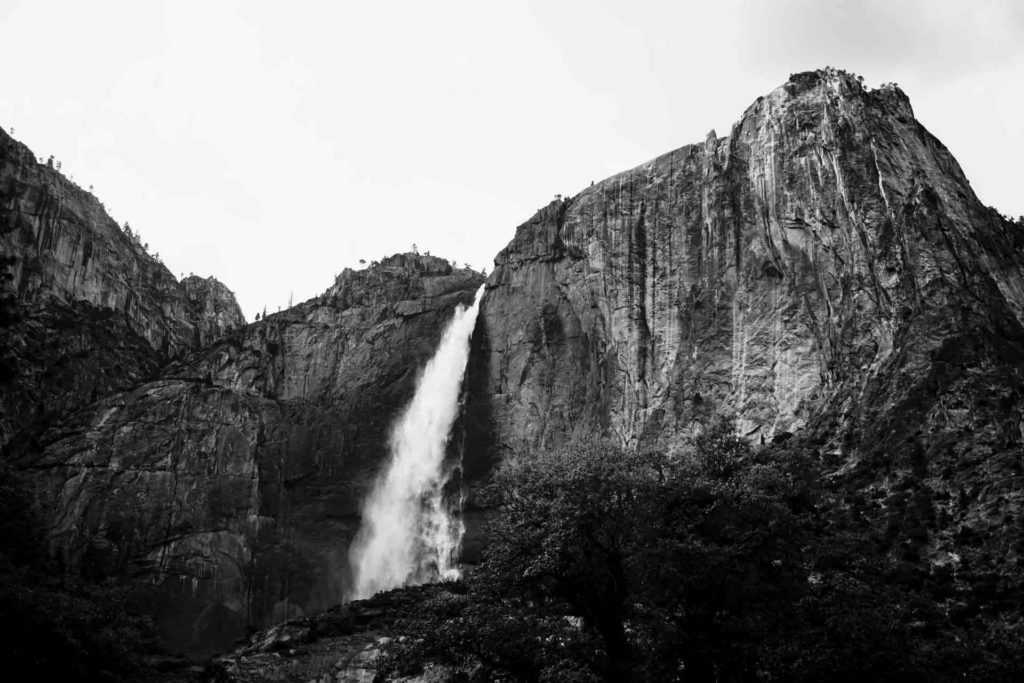who was he:
Ansel Adams was known as an American landscape photographer and carried a pictorialist style through out his images. Adams liked to visualise his images before he took them and used the quote “you don’t take a photograph, you make it”. He was also a part of the Group f/64 which refers to a small aperture setting on the camera which allows for great depth of field sharpening the foreground and the background and making the image stand out. This allowed his images to have depth and many different tones throughout them.
ten tones:
Adams based his images off the ten tones ensuring he had every tone in his images. Be doing this it allowed his images to be more dramatic making them stand out to the viewers more.


face of half dome:
Ansel Adams was known for his most famous images called ‘face of half dome’. The image captured the attention of the public and art in the world. It showed the viewers the sheer mass of the rock and how powerful it made the image with it being so intimidating. The different tones that run throughout the image allow it to take on the sublime look conveying fear and power.

comparison:
Edward Weston was also an American photographer who influenced many others in the 20th century. Weston was also a part of the Group f/64 who promoted a style of sharply defined, and detailed photography. The photographers in the group focused their work of it being ‘pure’.


Adam’s wrote to Weston reassuring him how powerful his work was, “I can’t tell you how swell it was to return to the freshness, the simplicity and the natural strength of your photography”. Both used great depth of field to add sharpness and detail in their images with the ten different tones. This tell us that even though the two were against each other in the photography industry thy got along and thought greatly of each others work.
some of Adams’ work:


